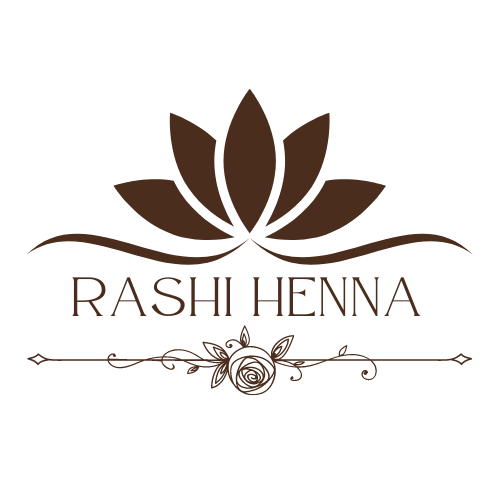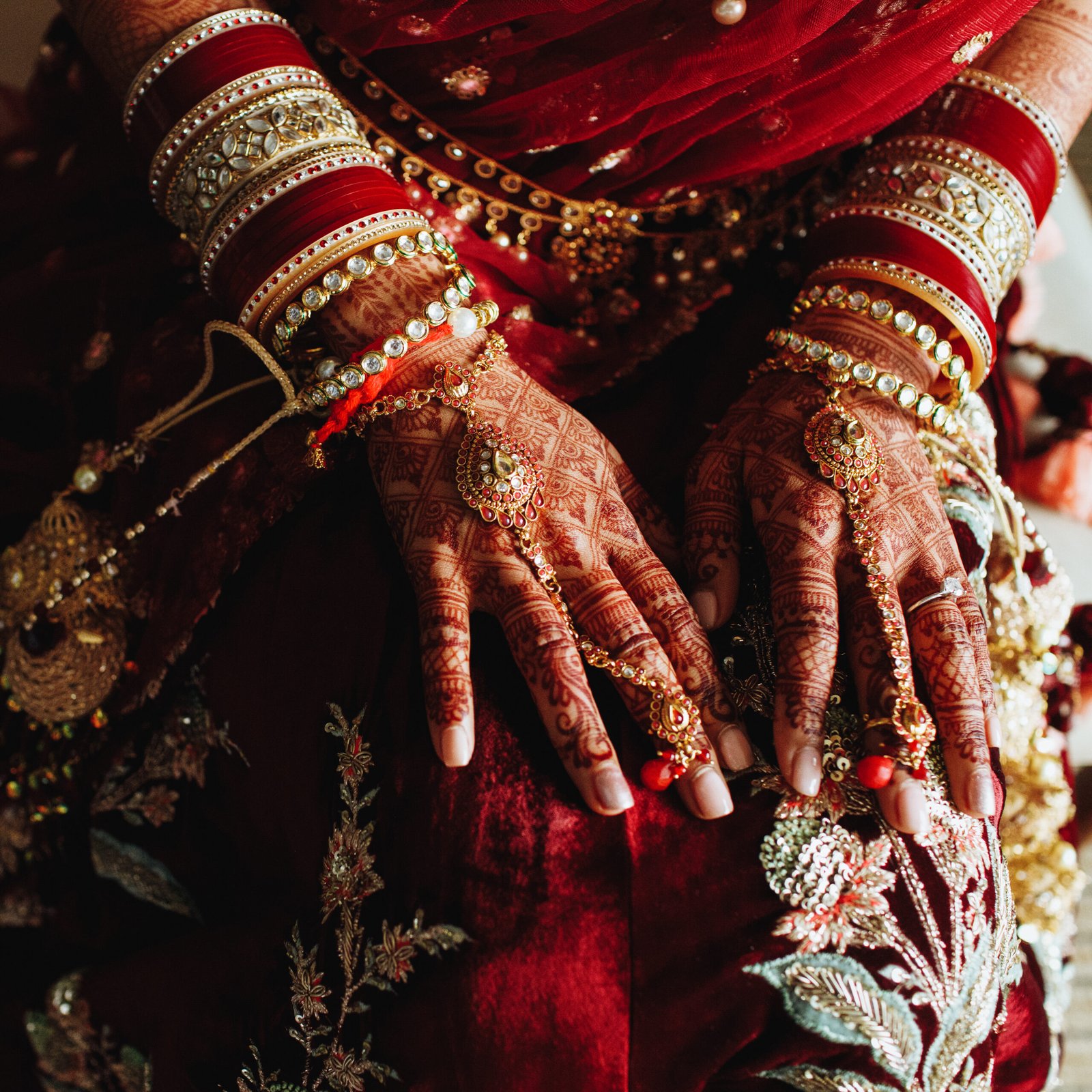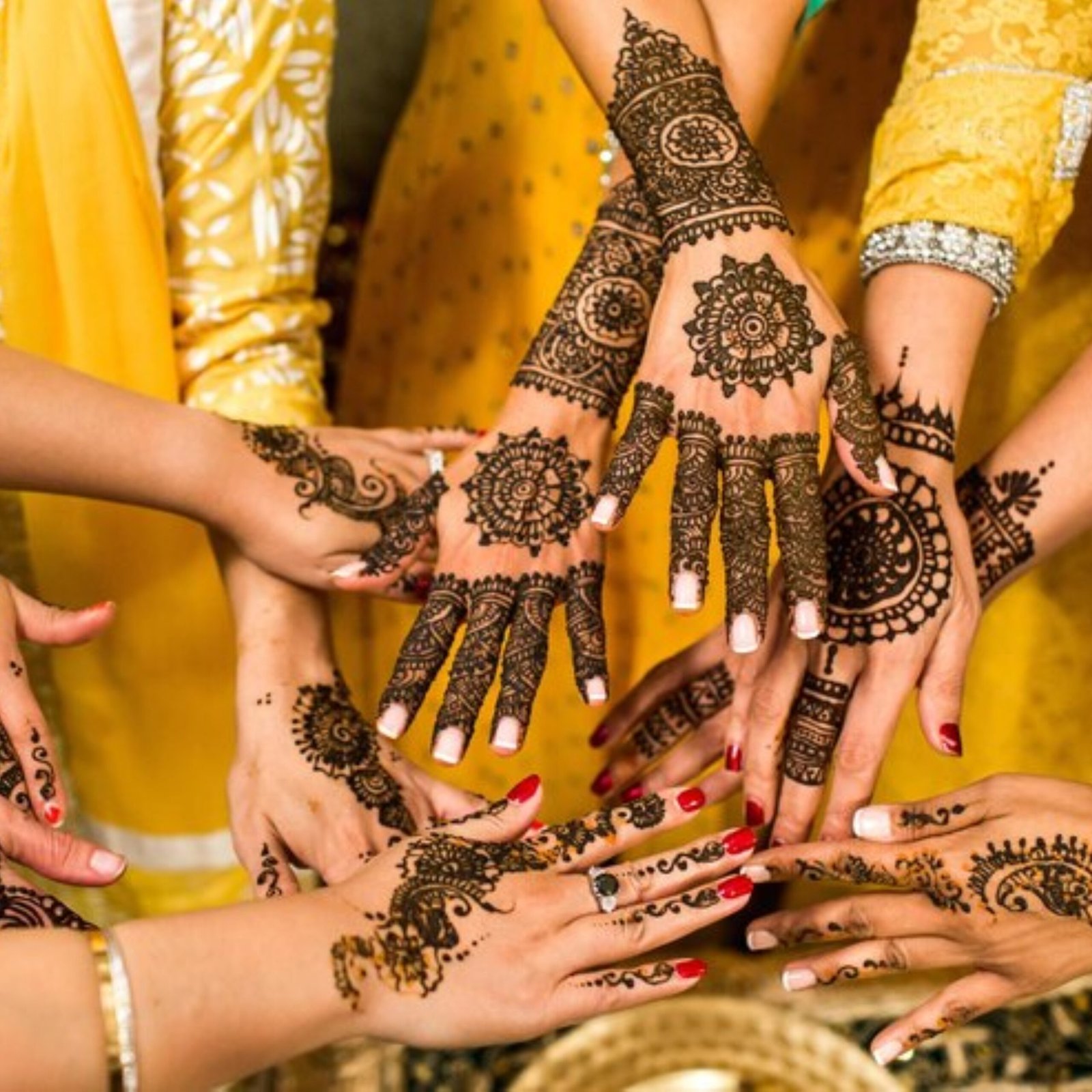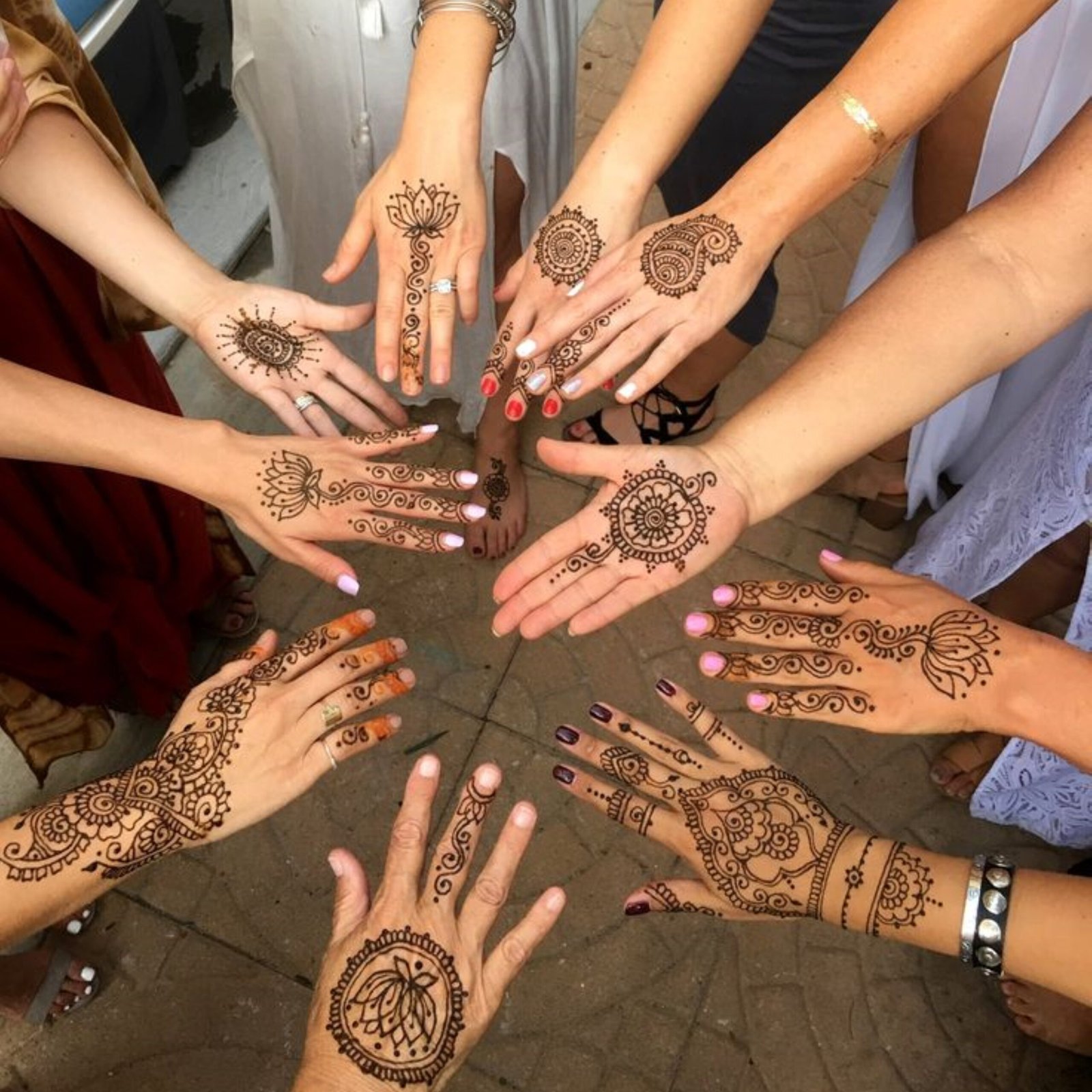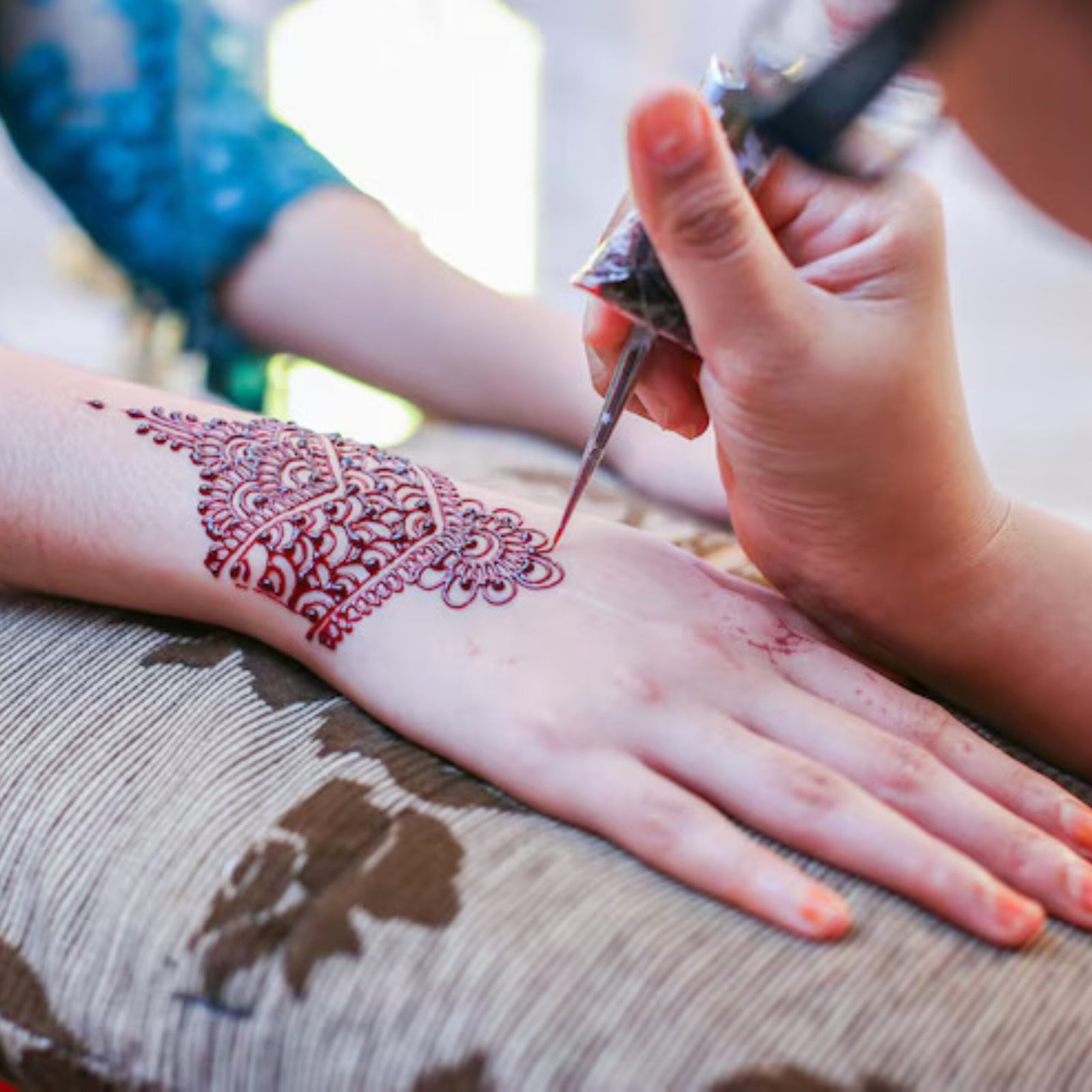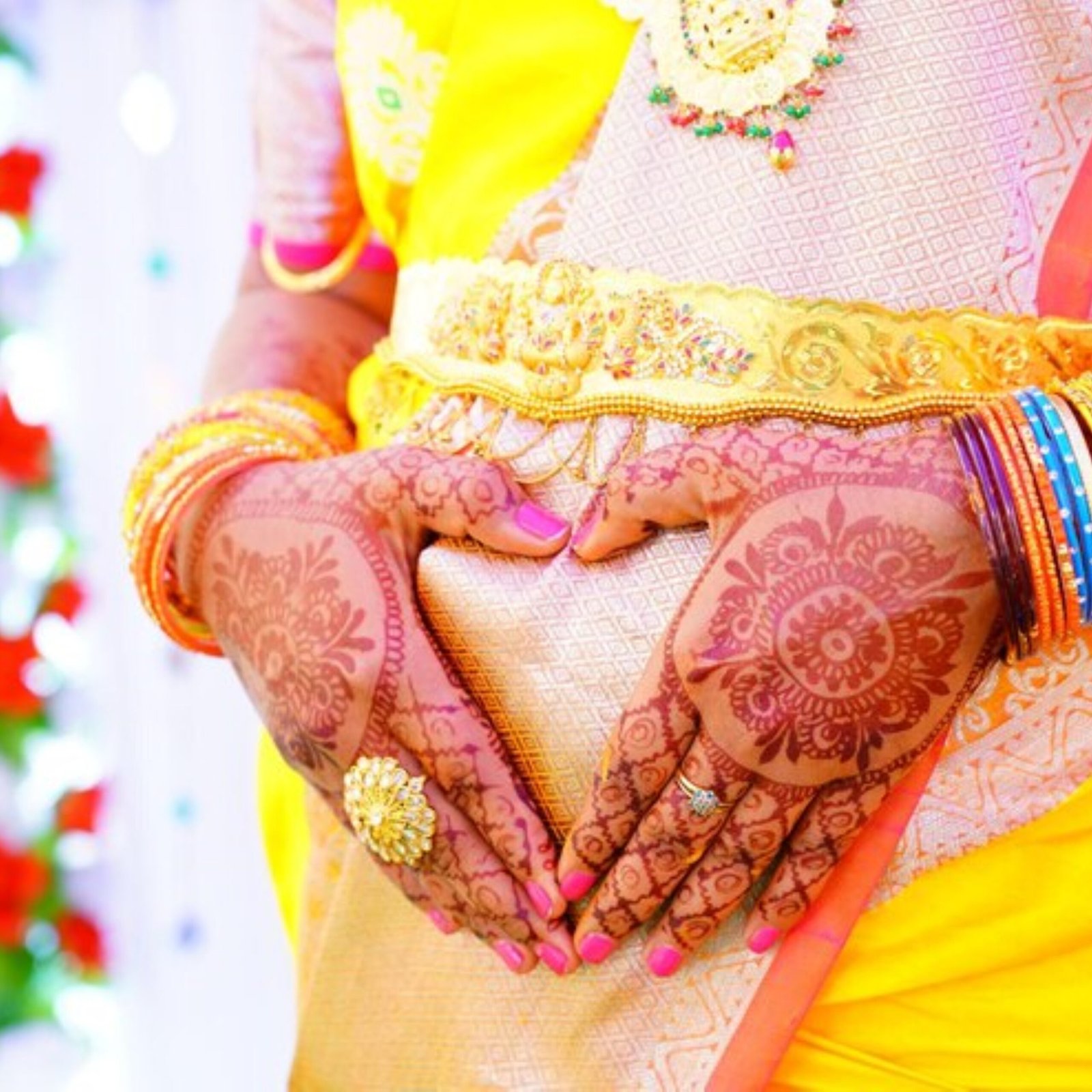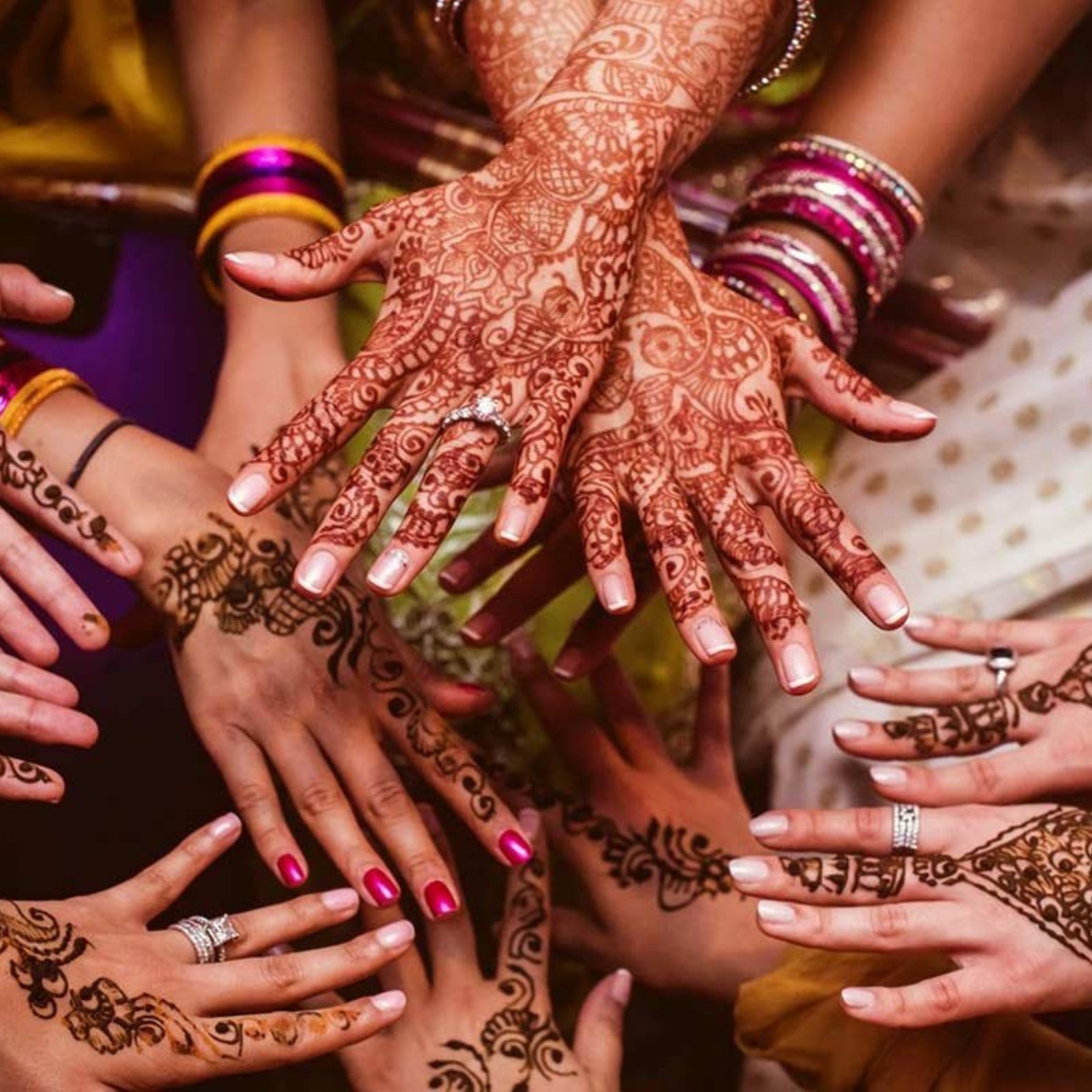Add Your Heading Text HereA Parent’s Guide to Safe, Fun Henna for Children
Henna has always been a part of cultural celebration, creativity, and beauty. But when it comes to applying it on kids, parents naturally have concerns. Is henna safe for children? Are there any risks? What kind of henna should you use?
The answer is simple: yes, henna can be safe for kids — but only if you’re using natural, chemical-free henna cones. In this guide, we explain how to make henna a safe and joyful experience for your child, what to avoid, and how to choose the right products.
Avoid This First: Black Henna Is Not Safe
One of the biggest safety concerns with henna comes from black henna, which is not pure henna at all. It usually contains a chemical called PPD (para-phenylenediamine), commonly used in hair dyes. This substance is known to cause allergic reactions, rashes, and chemical burns, especially on children’s sensitive skin.
Warning Signs of Unsafe Henna:
- Instant or very dark black stains
- Chemical or dye-like smell
- Vague or no ingredients listed
- Labeled as “fast drying” or “chemical enhanced”
Black henna should never be used on children. For safe results, choose handmade, organic cones like those in the Natural Henna Collection at Rashi Henna.
What Makes Henna Safe for Kids?
Genuine henna is made from the powdered leaves of the Lawsonia inermis plant. When mixed with natural oils like clove or eucalyptus and water or lemon juice, it becomes a safe, plant-based paste that can be applied to skin.
Here are qualities to look for in kid-safe henna:
- 100% natural and free from added chemicals or dyes
- Freshly prepared in small batches
- Light, earthy smell (not strong or artificial)
- Simple, plant-based ingredient list
At Rashi Henna, we ensure our cones are handmade using only natural ingredients, ideal for both adults and children.
Why Parents Choose Henna for Children
Henna is more than just decoration. For many families, it’s a fun and educational experience that allows children to explore tradition, art, and creativity. Parents choose safe henna for a variety of reasons:
- It’s a cultural and festive activity for holidays, weddings, or birthdays
- Henna is temporary and painless — a safe alternative to permanent tattoos
- It provides a creative outlet that children enjoy
- Natural henna has a calming scent and is often used in traditional wellness practices
When applied safely, henna becomes a memorable part of a child’s special day.
Natural henna honors tradition—black henna risks your skin. One is a gentle, plant-based dye with healing roots; the other hides harsh chemicals beneath its quick results. Choose nature. Choose safety. Choose real.


Safety Tips for Applying Henna on Kids
Here are some tips to ensure a safe and smooth application:
1. Perform a Patch Test
Always apply a small amount of henna on the inner wrist or arm and wait 24 hours. If there’s no irritation or redness, it’s safe to proceed.
2. Apply to Less Sensitive Areas
Stick to hands, arms, or feet. These areas stain best and are less prone to irritation.
3. Avoid the Face or Open Skin
Never apply henna to broken skin or near the eyes and mouth.
4. Use the Right Products
Select child-safe cones only from trusted brands. Explore Rashi Henna’s Natural Henna Cones for gentle, chemical-free formulas.
5. Let It Dry Completely
Keep your child still for at least 15–30 minutes after application. Once dried, the paste can flake off or be removed gently for a long-lasting stain.
For more detailed aftercare, read our Henna Aftercare Tips to ensure a darker, longer-lasting result.
Fun Ways to Use Henna at Kids’ Events
Henna can turn any event into a more festive, hands-on experience. Some creative ways to use henna at kids’ gatherings include:
- Setting up a henna station at birthday parties with simple patterns
- Including mehndi as part of traditional celebrations like Eid, Diwali, or Rakhi
- Creating henna-themed crafts or drawings before applying it to the skin
- Offering small, child-friendly designs such as hearts, stars, flowers, or initials
Make sure a responsible adult supervises the application and handles the cones to prevent a mess or misuse.
